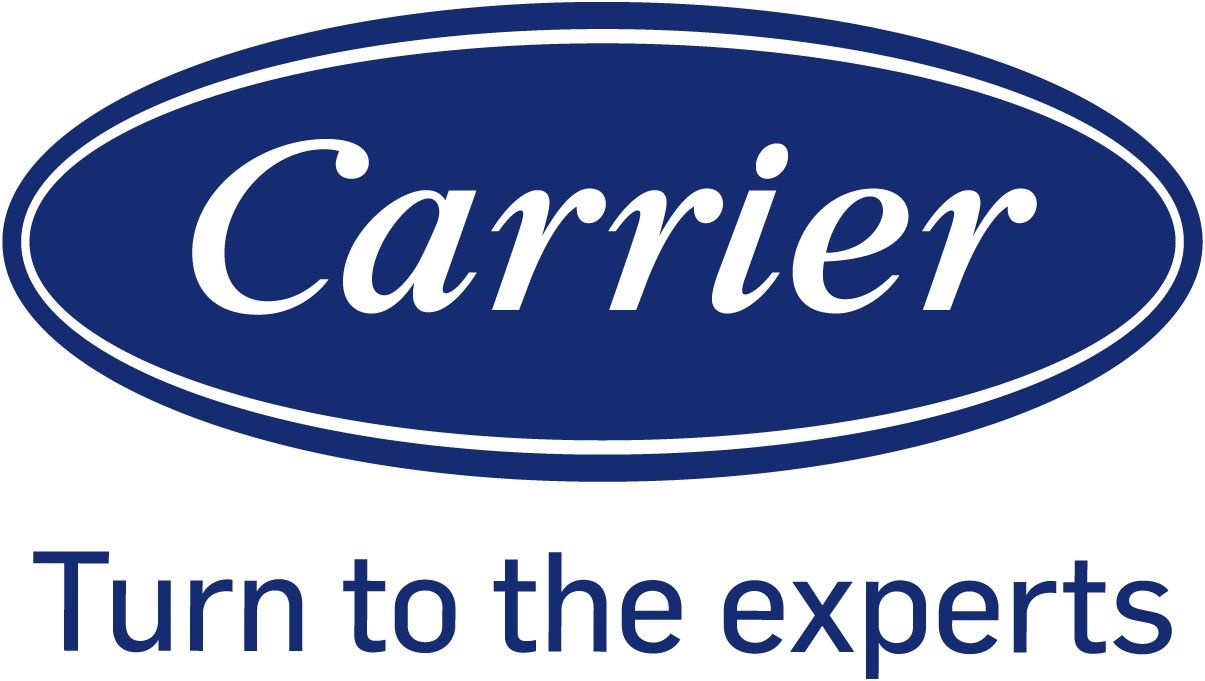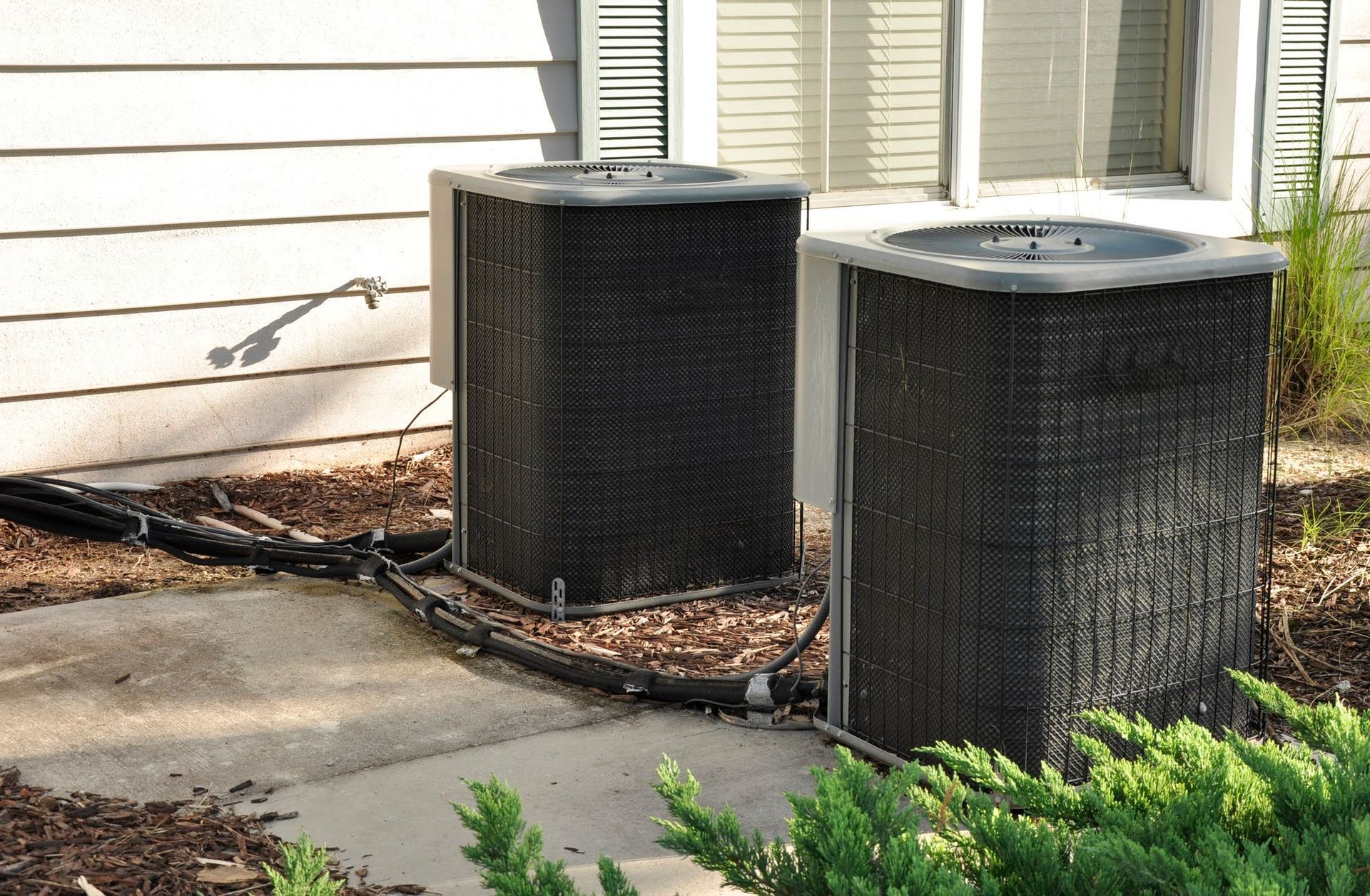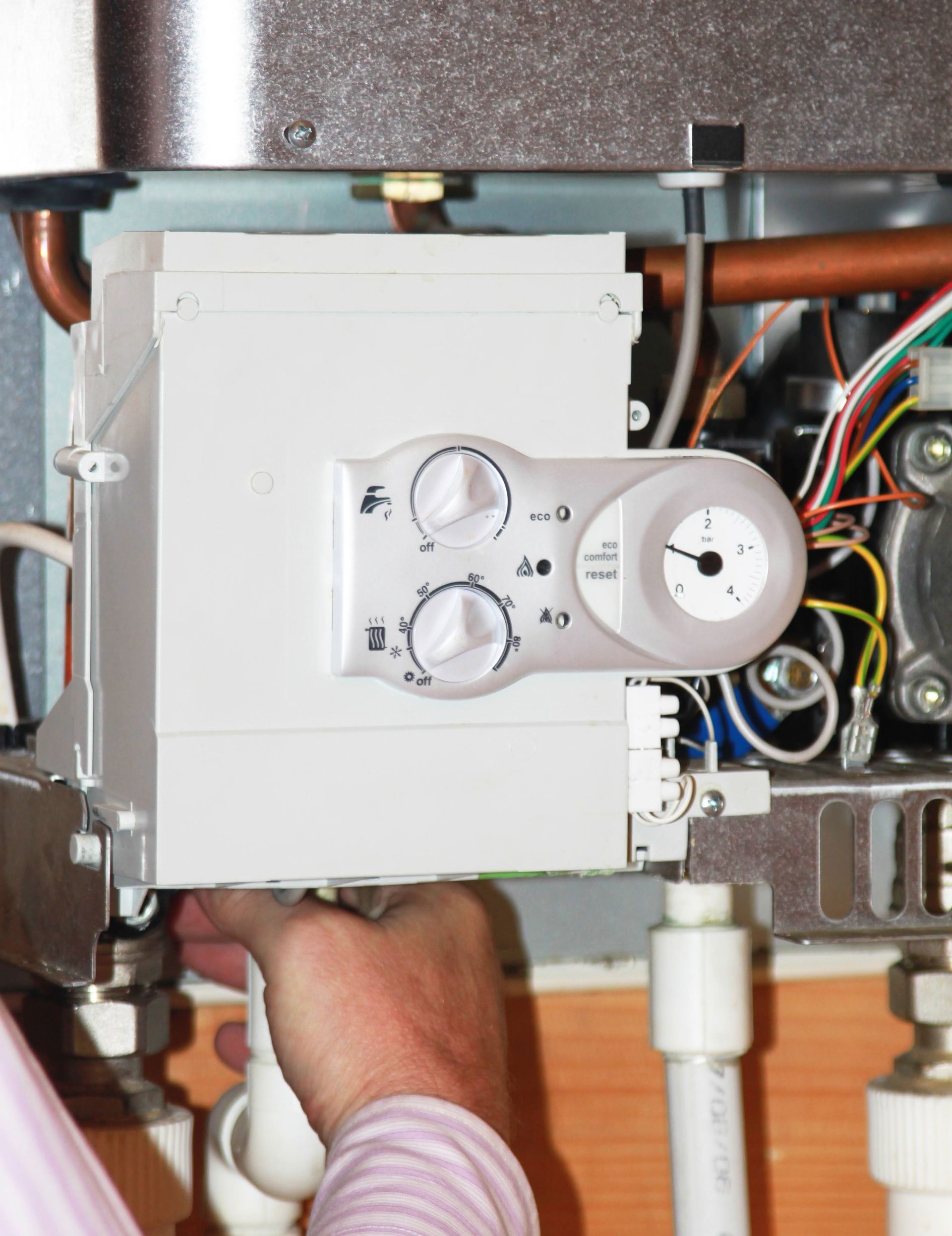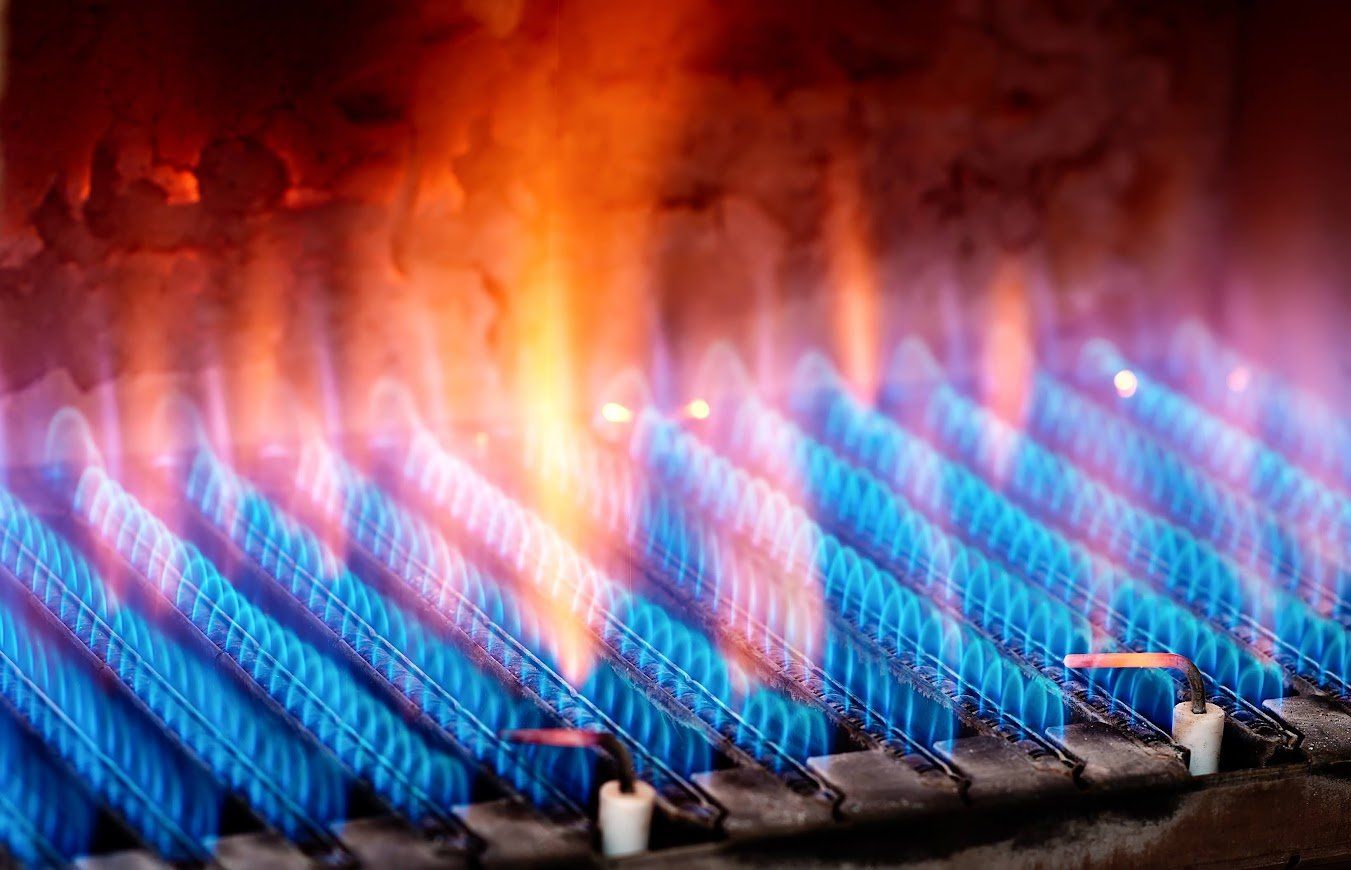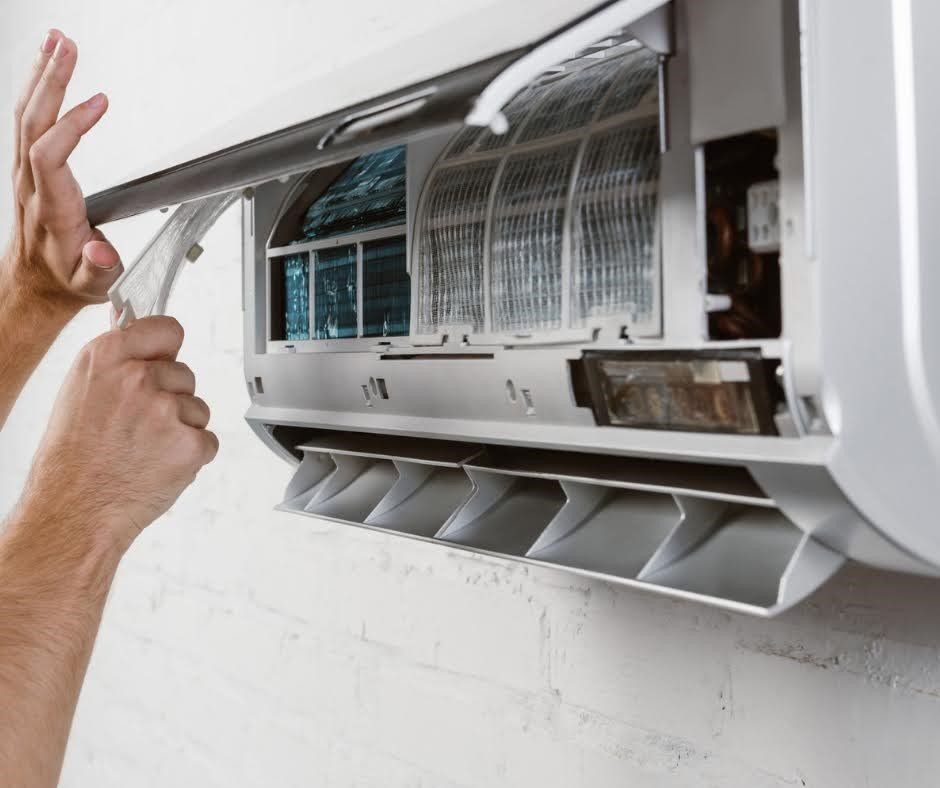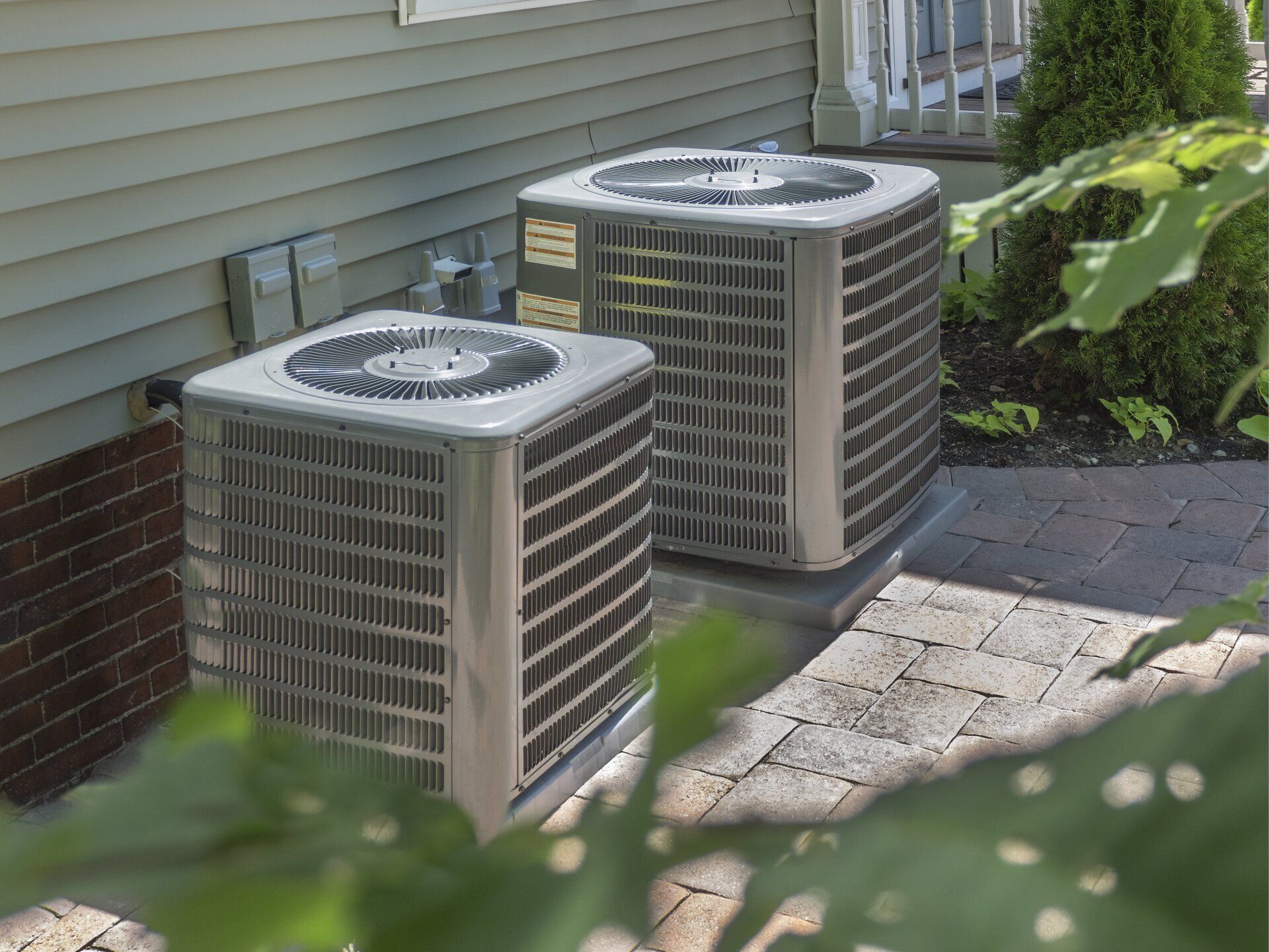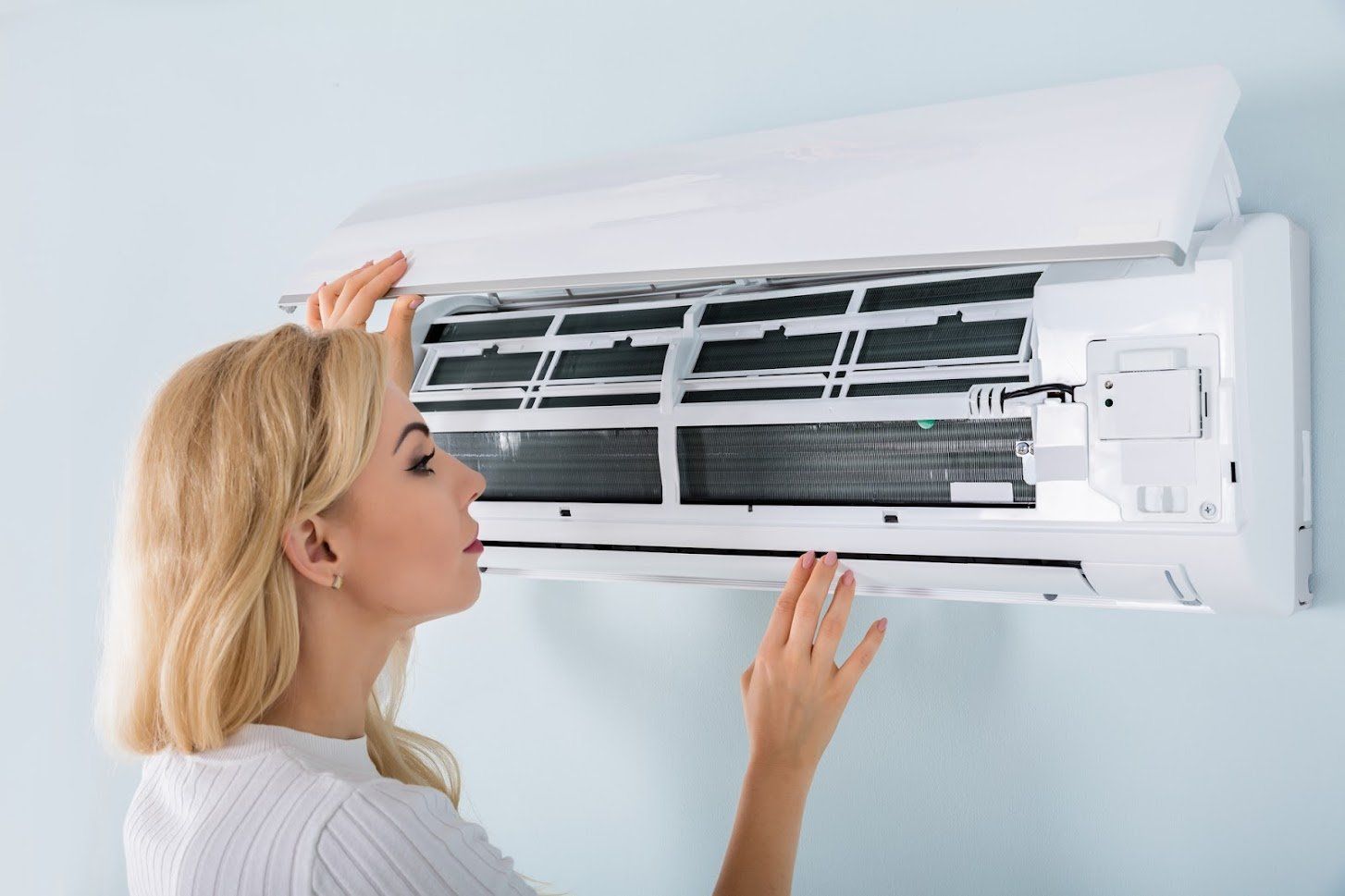4 Types of Air Conditioners
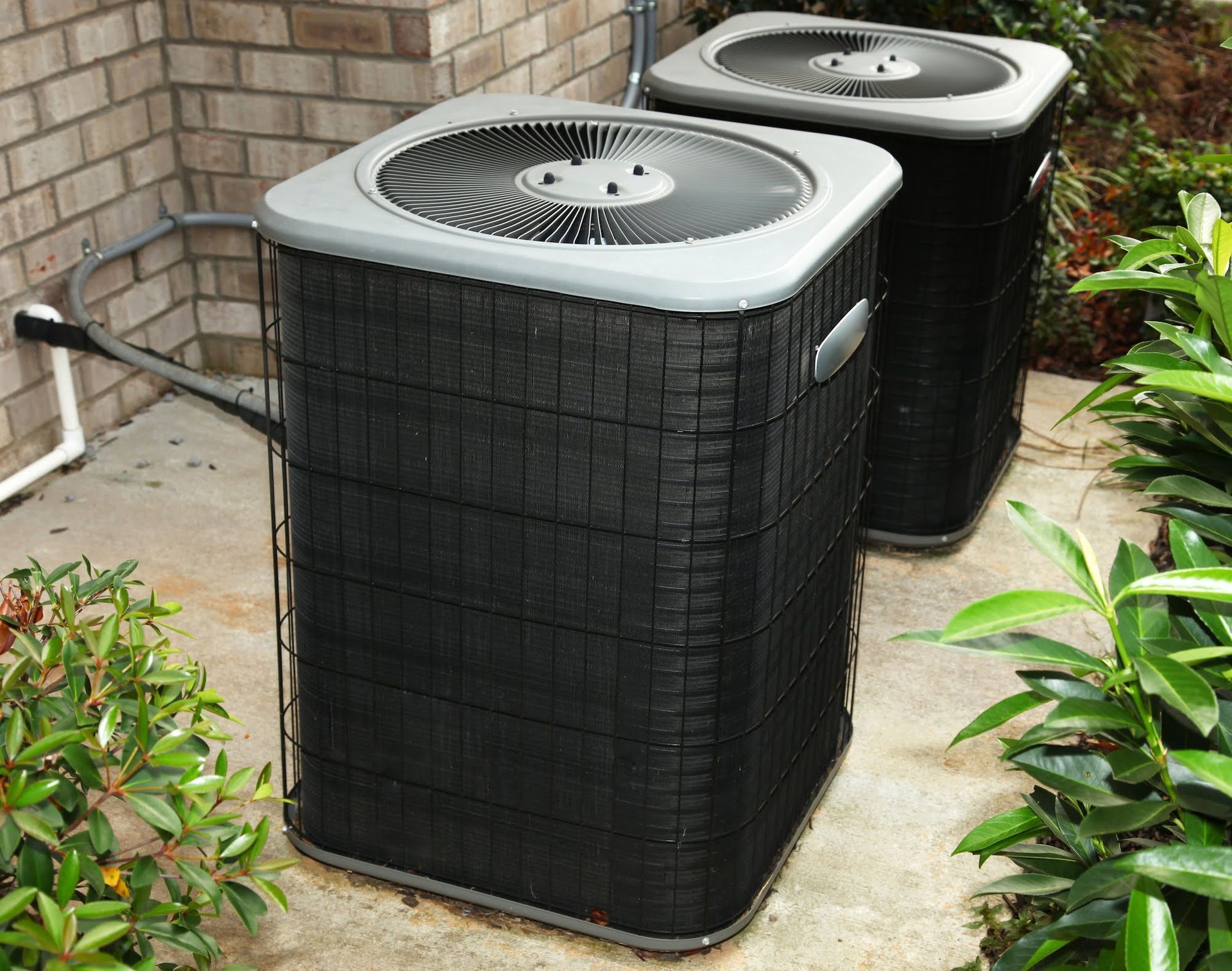
An air conditioner is a must-have piece of electrical equipment during the summer as it removes heat and moisture from your home. The home cooling market has many types of air conditioners, each with pros and cons. Discover the most common air conditioning systems below.
1. Central Air Conditioners
Most Americans have central air conditioners, which cool multiple rooms by forcing cool air through ducts. A central air conditioner is a split system because it combines an outdoor and indoor unit.
The outdoor unit pulls in outdoor air and features a compressor and condenser to cool the air. A central air conditioner also has a refrigerant that absorbs heat from indoor air. As the cool air circulates your home, it becomes warmer and flows back to the air conditioner via return ducts and registers.
A central air conditioner's primary advantage is its ease of use as you control it with a thermostat. For maximum convenience, use a smart thermostat, which allows temperature control through a smartphone or tablet.
In addition to circulating cool air across your home, central air conditioners remove humidity, leaving the interior more comfortable in summer. However, a problem in the ducts impacts the air conditioner's efficiency, so regular maintenance is critical.
2. Window Air Conditioners
A window air conditioner sits in a window, blowing cool air into the interior on the indoor side and dispensing heat out on the outdoor side. This conditioner suits condos and apartments without central air conditioners in the building.
A window air conditioner encompasses all refrigeration components inside. As a result, the conditioner doesn't need elaborate installation, although the wall must not be thicker than nine inches to enhance airflow. If your window has an irregular shape, it may not accommodate the conditioner. Expert installation is also necessary to prevent the unit from falling.
The primary disadvantage of window air conditioners is they can get noisy, especially because they sit near your living space. On the other hand, these units save floor space and are cheap to operate.
3. Portable Air Conditioners
Portable air conditioners feature all refrigeration components inside, just like window air conditioners. However, you can move the former from room to room because they are freestanding units. A portable air conditioner only needs a power outlet and a window to expel air.
A portable air conditioner comes with an air hose that can extend up to ten feet to force warm air out of the house. Additionally, these conditioners feature wheels for easy movement.
Portable air conditioning is useful when cooling specific spots without permanent installation and you store it until you need it again. However, portable air conditioners struggle to cool large spaces and are noisy during operation.
4. Ductless Mini-Splits
You can install a mini-split system if your home doesn't have an extensive duct system for a central air conditioner. Such a system has an outdoor unit featuring a compressor and condenser and a compact blower mounted inside the house.
Depending on your cooling needs, you can install multiple units across your home. An extensive conduit carrying the refrigerant lines, a drain line, and an electrical line links the outdoor and indoor units.
The major advantage of ductless mini splits is you control each room's temperature individually, so family members don't have to compromise on temperature settings. Mini-splits work well for additions and guest rooms not connected to the central air conditioner.
Ductless systems are highly efficient, with most units in the market surpassing SEER ratings of 20. You also save on installation costs since these air conditioners don't need extensive ductwork.
Air conditioners vary by function, cost, noise, and maintenance requirements. If you need clarification about your choices, our cooling experts at D&R Service, Inc. recommend and install an AC system that suits your lifestyle needs. Additionally, we carry durable and energy-efficient units from leading brands. Contact us today to get started.




